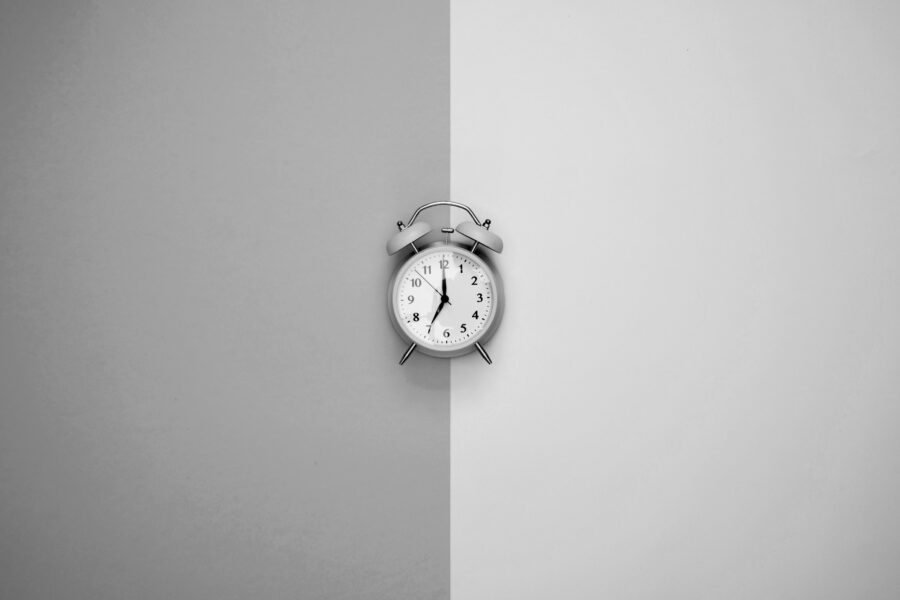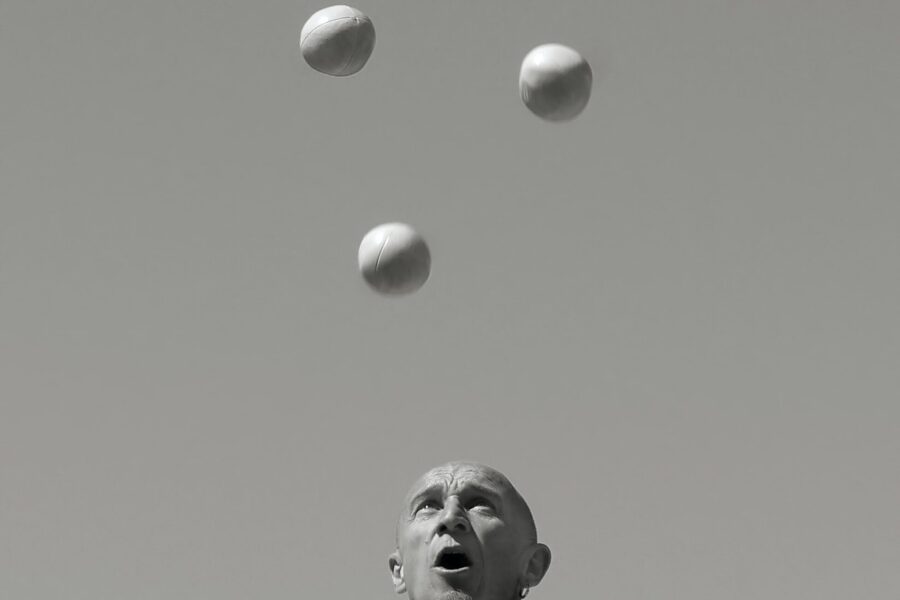What should I do with my sentimental items?
For the last two years, I have been an owner of a relatively small amount of sentimental items from trips or gifts by beloved ones. These objects were carefully chosen to adorn my bookcase and walls, which I feel happy to look at and allow them to have their share of space in my life. It was not always like that. I used to keep and either store or exhibit many trinkets, mainly from trips and gifts. I was a keeper. I could not let go because I had attached a feeling or memory to them.
All these items here and there around my apartment suffocated me mentally. Until I started feeling overwhelmed by their presence; besides, they did not appeal to my sense of interior style anymore, to how I preferred my home to look. Therefore, I started decluttering. I created free space. I got rid of the visual noise.
Before moving to our new flat, I felt the need to re-evaluate the purpose of the few stuff I owned. Did these objects still bring me joy? Did they continue appealing to my sense of style? Why did I consider them sentimental? How would their absence make me feel? So, decluttering did I do once more.
We are surrounded by things, in our homes and at work. We choose to let items enter our life and occupy physical and mental space. Admittedly, some of this stuff serves a purpose, mainly practical; they are there to satisfy a specific need in our life. We could potentially still live without them, but their presence saves us time and energy, enhances our productivity, and improves our quality of life, so we can focus on things that matter.
On the other hand, the average household in developed countries consists of numerous knickknacks. Objects of various sizes, textures and colours decorate our bookcases, coffee tables, dining tables, window sills, desks, kitchen shelves, bedroom shelves, bathroom cupboards and walls. Memorabilia from holidays, a visit to a museum or exhibition place. An item we snatched from a favourite restaurant or bar. A gift we were offered. The product of an impulsive purchase that no longer fulfils its initial purpose, and yet we hold on to it.
We do not let the stuff go because we count them as sentimental items. It is us that have assigned values and sentiments to these objects. We seem to forget that what matters are the memories we keep in our minds and hearts; we need no items to remind us how much we love, respect, care about or miss someone or the unforgettable time we had on a trip. We need to truly enjoy and experience the moments we spend with others or in a place by simply being present in the moment. To live the moment, as cliche as it may sound. It is true, though. Hard to achieve but real and possible. We simply need to acknowledge that letting an item go does not automatically erase the memory or feeling it represents because things do not define who we are.
People are particularly creative in finding ways to store things instead of getting rid of them once and for all. So, we have become experts in preserving, storing and creating organised chaos. We buy boxes to fit in other packages, and then we purchase cupboards and closets to stuff in our boxes, which have other boxes inside. Alas! What a waste of energy, time, creativity and money.
And when it comes to decluttering, people cannot decide what items to discard because each object represents something unique; each item is tight to a sweet, bittersweet, emotional moment in our life. Still, if every item is sentimental, then nothing is special anymore. And if things are unique no more, they become a burden that gradually weighs on us and consumes physical and mental space. A burden that steals our peace of mind and disorientates us. We wish we were strong enough to cast ourselves off the stuff’s loud existence in our life, to have space to breathe without guilts.
Marie Kondo, the famous Japanese consultant for tidying and organising and founder of the KonMari method, has led a life where there is space only for items that “spark joy” -and makes a colossal living by encouraging others. According to her, she picks an object, looks at it, and should it not generate any joy for her, then off it goes outside her life. As simple as it sounds, this technique can also prove challenging as it requires strong decision-making skills and reflection. It is quite an effective strategy, though, and thousands of people worldwide have apparently changed the way of organising and leading their lives.
There are various ways to free yourself from sentimental items that no longer please you.
Digitalise: If you own several photo albums filled with hundreds of photos, which take up space in your bookcase or room, but sure enough, you do not wish to chuck them in the bin, you can scan and organise them in digital folders in your computer.
Prioritise: Letting go of sentimental items can be complicated and difficult. Where do you start from? Set limits. Decide if you want to keep five, ten or twenty things and stick to this decision. If you are wary of getting emotional, start small to assess your feelings. There is no reason to rush and be regretful.
Donate: Getting rid of sentimental items does not necessarily mean throwing them in the bin. Donation is a great way to ensure that these objects find a “home” that suits them and serve a purpose in somebody else’s life. Ask your friends if they want any of them or donate them to a thrift shop or charity.
Keep a diary: You can buy an instant camera and take photos of a sentimental item before letting it go. Afterwards, stick the picture to a notebook and write down a brief description of it and the memory that it represents.
Decluttering sentimental items should not be a painful process. If you do not feel ready to let go, then, by all means, do not do it. Nevertheless, if you feel the slightest need for more space, literally and figuratively, you should dare it. But start small. Pause. Reflect on the process. How do you feel? Lighter? Like a burden is lifted? Happy? Sad? Remorseful?
Letting go of sentimental items is surely not a matter of life or death. But it certainly is a matter of improving our life quality and making space for what really matters. Besides, as the idiom goes, the best things in life are not things.



